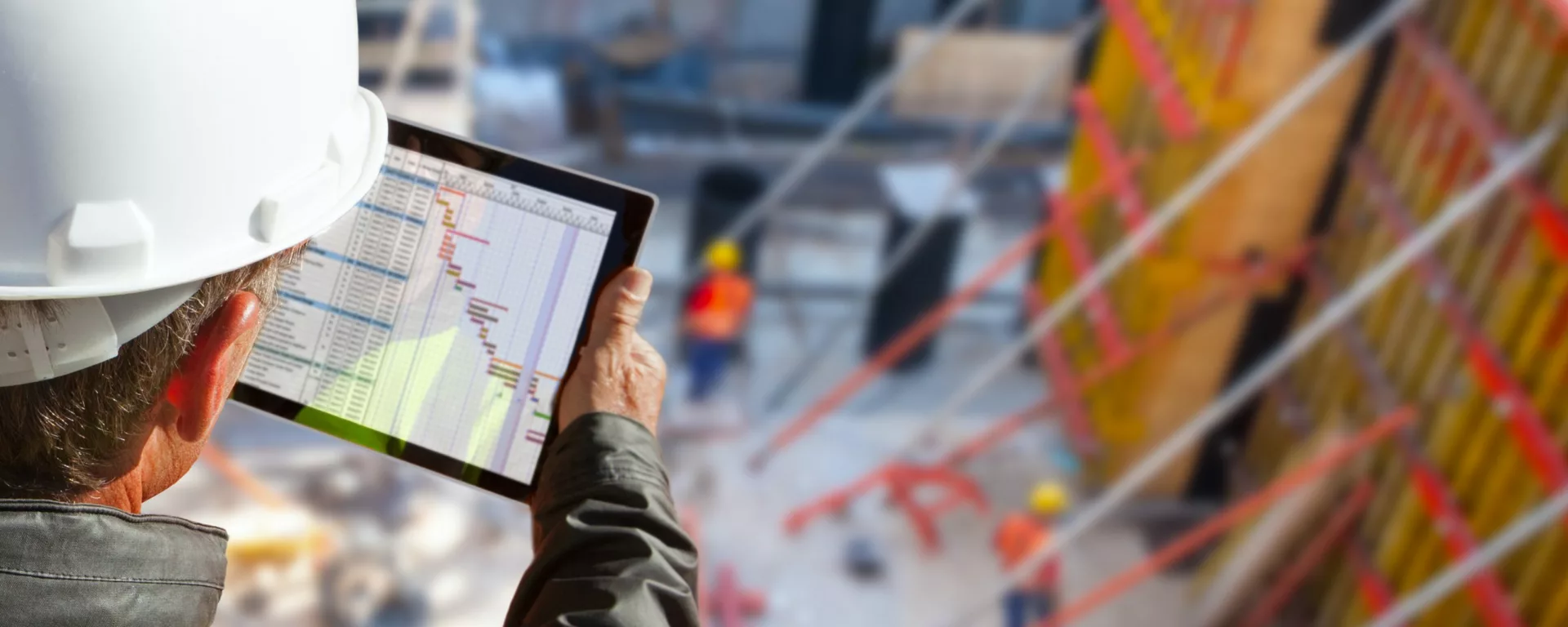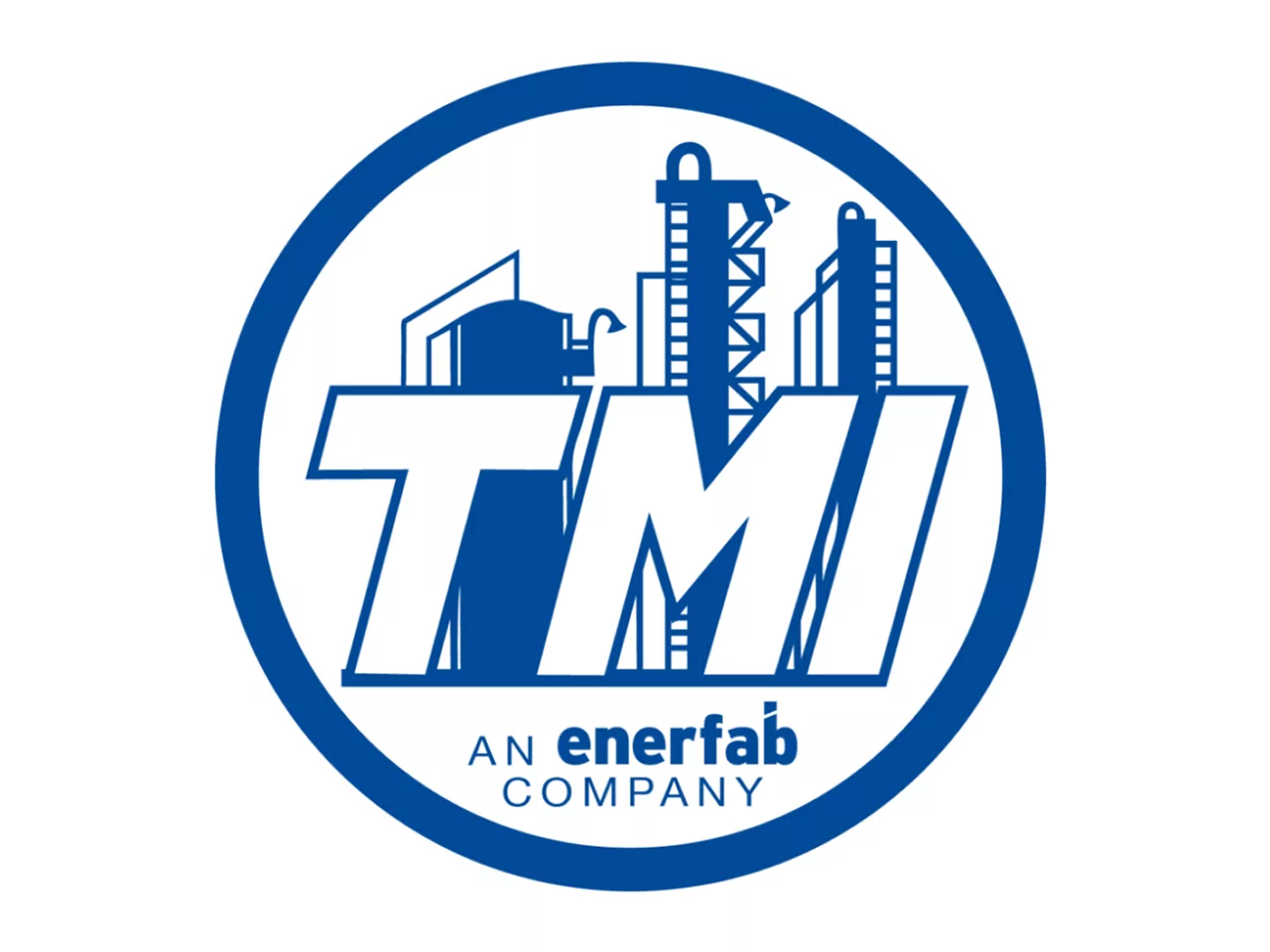Asking Better Questions: The Artificial Intelligence Superpower
Article by Brad Birck, VP of Business Development
Remember when we were all excited about Big Data? Oh, the wonders we thought we would accomplish as soon as we had measured and documented everything about every aspect of everything we do.
What did it get us? A secret warehouse full of data that seemed to grow at a rate inverse to the degree that our understanding of it diminished. In short, we “knew” everything and “understood” almost none of it.
In fact, as a member of The Association of Union Constructors, I’ve learned that only about 20% of companies are thinking about what to do with this data and how to organize and analyze it, which means 80% of companies are falling behind the technology curve.
As a construction company with nearly 120 years of experience, Enerfab has had the opportunity to collect tons of data, but it’s sometimes hard to make sense of it all. Like all businesses, we were limited by the inquiries we made — knowing what to ask isn’t always easy and knowing what to collect isn’t always clear.
Historically, a company’s competitive edge hinged on its people; but soon, being behind the technology curve could impede human efficiency.
But we didn’t come here to discuss our human limitations, because there’s a new sheriff in Business Intelligence Town — artificial intelligence machine learning. And if there’s one thing that AI systems are good at, it’s recognizing patterns that humans sometimes miss. That’s why AI is doing better than humans at spotting tumors and analyzing legal contracts.
AI systems aren’t necessarily better at knowing what to ask, though. Instead, their power lies in two key improvements over data analytics or even predictive analytics: speed and autonomy.
AI systems are faster at noticing patterns, making assumptions and then testing them against models built using the proliferation of data at their disposal.
By utilizing AI machine learning to make sense of our data, we’ve been able to get answers to three crucial questions.
How can we make this safer?
Safety is the construction industry’s No. 1 value. Not only is sending all of our workers home safely at the end of the day our most important responsibility, but an unblemished safety record is critical for being able to bid work.
AI helps us maintain safer job sites safer by allowing us to predict how things might go wrong, which enables us to plan how to avoid those situations.
Additionally, the speed of AI helps us innovate safely — with its ability to search vast amounts of data to guide our safety processes, even under circumstances that our workers haven’t experienced before.
And in the realm of safety training, AI helps us track and proactively schedule training for all of our craftworkers and leaders. Learning management systems enables us to track labor safety training more accurately, eliminating repetitive training, which saves costs for both Enerfab and our customers, and, ultimately, expedite job kickoffs.
How can we do this better?
AI is honest, brutally honest. It’s great at telling us where we’re being inefficient or where quality of work or process is lacking. But that’s the way we like it because we get more opportunities to improve.
iAuditor is one system we have in place for tracking safety on our sites and in our shop. It’s a way to transform our team in the field into data collectors and analyzers without distracting them from their core tasks. Instead of collecting the data on paper and filing it away in a drawer to be forgotten, Enerfab uses that data to inform decisions and improve processes, including updating our safety tools (e.g., Human Performance Improvement tools) and focusing on areas that typically lead to safety hazards.
How can we be more accurate?
As tempting as it is to think of proposals and billing as a shell game, where the contractor is trying to pull a fast one wherever possible, it simply isn’t so. The game, as it were, is played on the field of accuracy — the contractor tries to bid low enough to get the job but high enough that they won’t lose money or breed ill-will with overages.
AI machine learning can help you play this game even better than before — a favorable outcome for everyone involved. By analyzing data — such as what Enerfab gets through our Vendor Portal — AI can sense patterns and predict materials and labor costs for a more accurate bid.
Accuracy also comes into play where time management and scheduling are concerned. Labor availability and turnover time for shop-fabricated process equipment can cause issues on any job if not accurately predicted. AI machine learning can be the key to seeing these obstacles ahead of time and blowing your customers away by having solutions ready to deploy.
Is AI the future of construction?
Yes.
But a better question would be, “Is AI alone the future of construction?” And that answer is, “No.”
As one of the largest maintenance contractors in the U.S., Enerfab looks to use our own collected data as well as that of our customers, to predict their maintenance needs better. Predictive AI focuses on alleviating pain points by having a trusted contractor on-site before things go wrong.
Future success will come, as always, from experienced leaders and workers interfacing with the newest technology and using it to solve customers’ challenges. Because, for all of its strengths, AI still lacks creativity. You’ll have to keep supplying that on your own.
About Brad:
Brad began his career as a sales & marketing co-op at Enerfab in 2001. Over the last two decades, Brad has held a number of sales and marketing positions, including general manager of the Southeast region, director of business development, and director of marketing.
In his current role as vice president of business development, Brad oversees the regional business development teams while working with Enerfab’s executive team on marketing and strategic planning to drive the growth and diversification of the organization.




